Coffee
White stem borer
Symptoms of damage

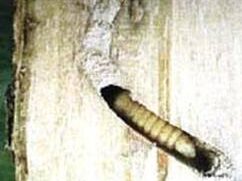
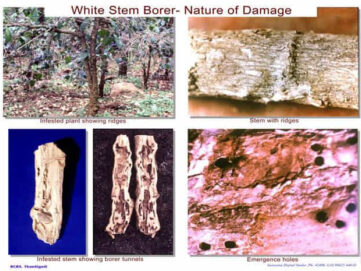
Identification of pest
Adult - slender, long beetle (2.5 cm).
Forewings are black with white bands.
Males are generally smaller than females.
Head Shows distinctly raised black Ridges and the Hind Leg Femur extends beyond the apex of the Elytra
In the Female,the Black Ridges on the Head are not much conspicuous and the hind leg Femur does not extend beyond the apex of the Elytra
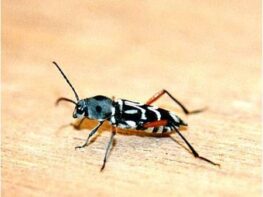
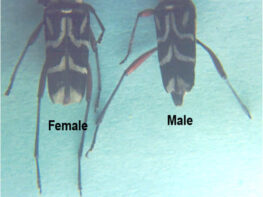


Management
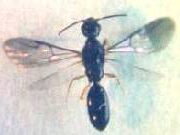


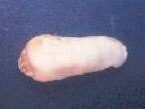
Coffee berry borer
Symptoms of damage
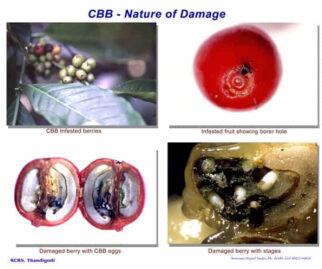
Identification of pest
Adult - small black beetle with a sub cylindrical body covered with thick hairs.
Males are smaller.
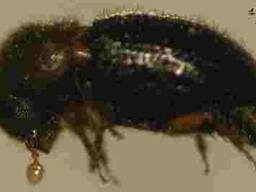
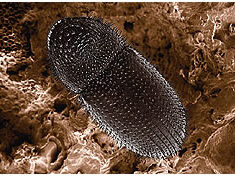
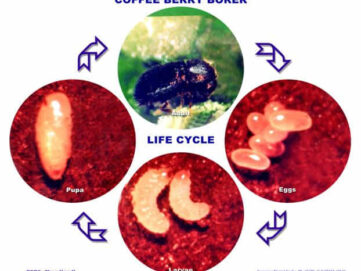
Management
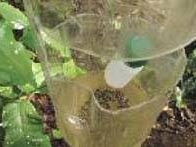
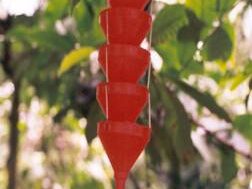
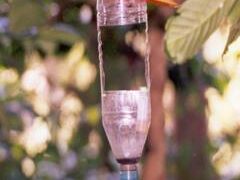
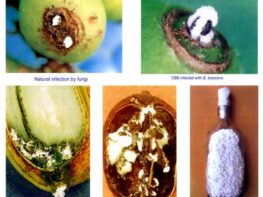
Mango Stem Borer
Symptoms of damage

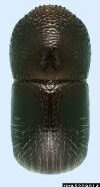
Identification of pest
Adult - brown to black with a short, sub cylindrical body and covered with fine hairs.
Females are darker and larger (1.5 to 1.8 mm)
Males are dull and small (0.8 to 1.0 mm)
Management
Mealy bugs
Symptoms of damage
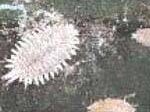
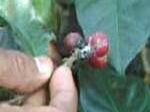
Identification of pest
Males - smaller and winged.
Female - wingless, oval body
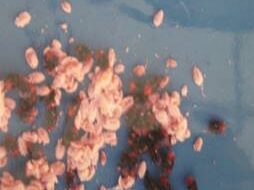
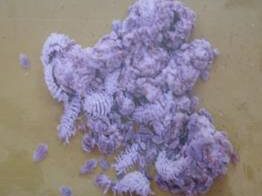
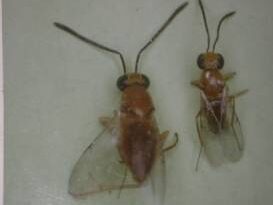
Management
Green scale
Symptoms of damage
Identification of pest
Ants movement
Nymphs – pale yellow colour
Adult - flat, oval, light green, blackish spots on dorsum


Management
Brown scale
Symptoms of damage
Identification of pest
Nymphs are yellow, greenish-brown or dark pink, flat and oval. ‘H’shaped yellow mark (Half grown scales)
Adult female is hemispherical, body is covered by a brown hard shield.
Management
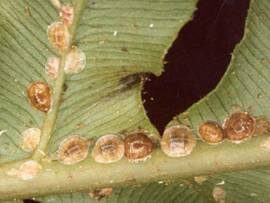
Cockchafers or white grubs
Symptoms of damage
Identification of pest
Grub - C-shaped, dirty white with dark brown head.
Adults - reddish brown beetles

Management
Hairy caterpillars
Symptoms of damage
Identification of pest
Caterpillar – pale yellow colour
Adult - brownish yellow moth, two diagonal bands and zigzag lines on the wings.
Male is smaller than the female
Management
Coffee bean beetle
Symptoms of damage
Identification of pest
Adult - Pale grey with black spots and the entire body clothed of fine hair.
Forewings - few longitudinal lines.
Wings do not cover the tip of the abdomen.
Management
Snail
Symptoms of damage
Identification of pest
Adult - medium sized snail, long and covered with a cream coloured spiralshell
Application of fish manure may attract snails.
Management
Red borer
Symptoms of damage
Identification of pest
Adult - orange colour, medium sized moth with spotted wings.
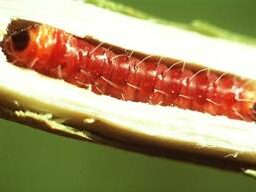
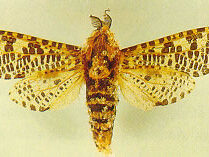
Management
Source: https://agritech.tnau.ac.in/
